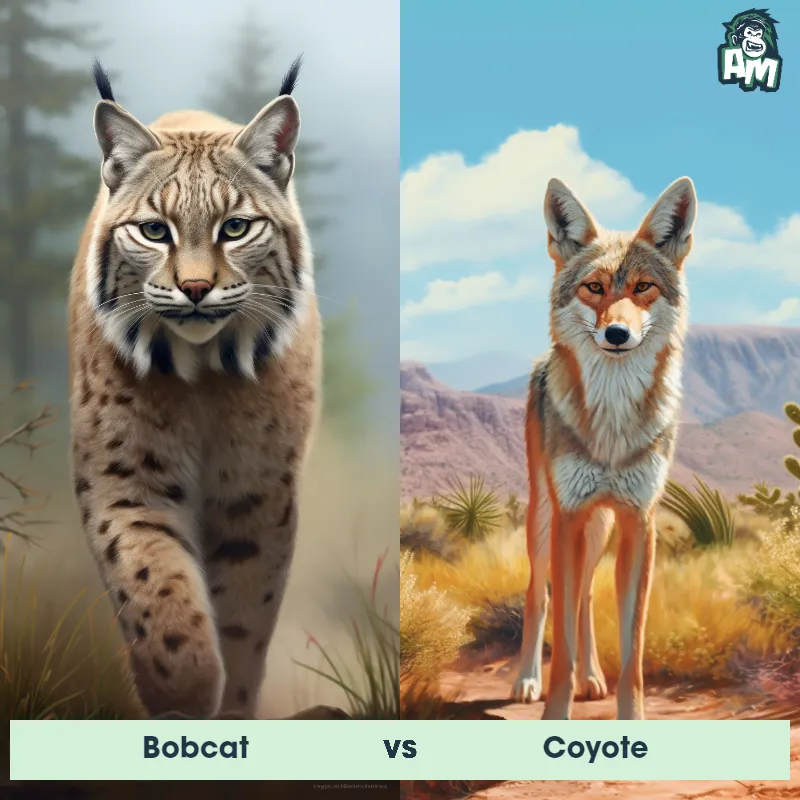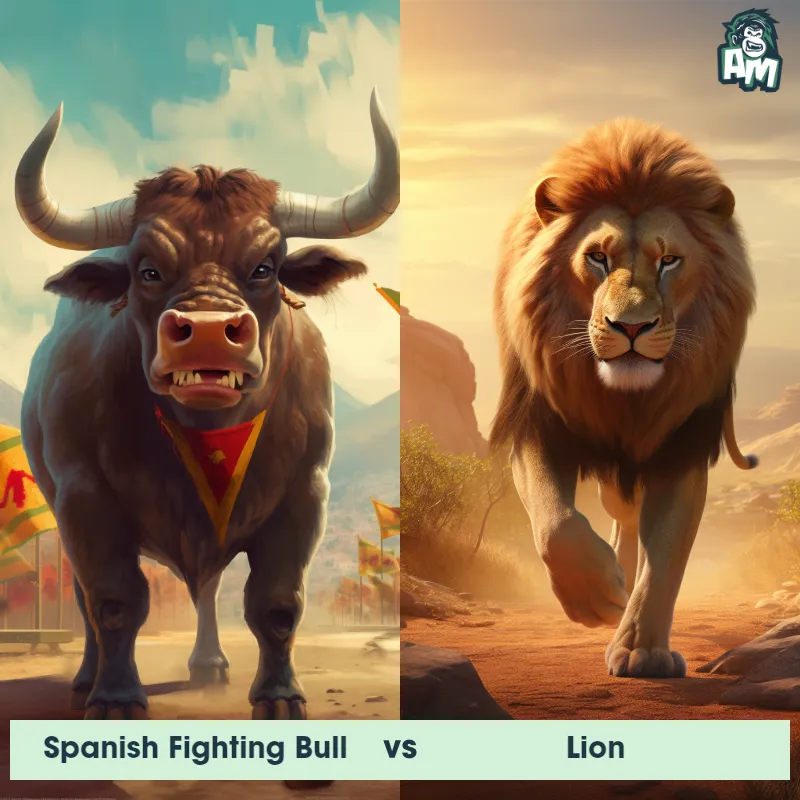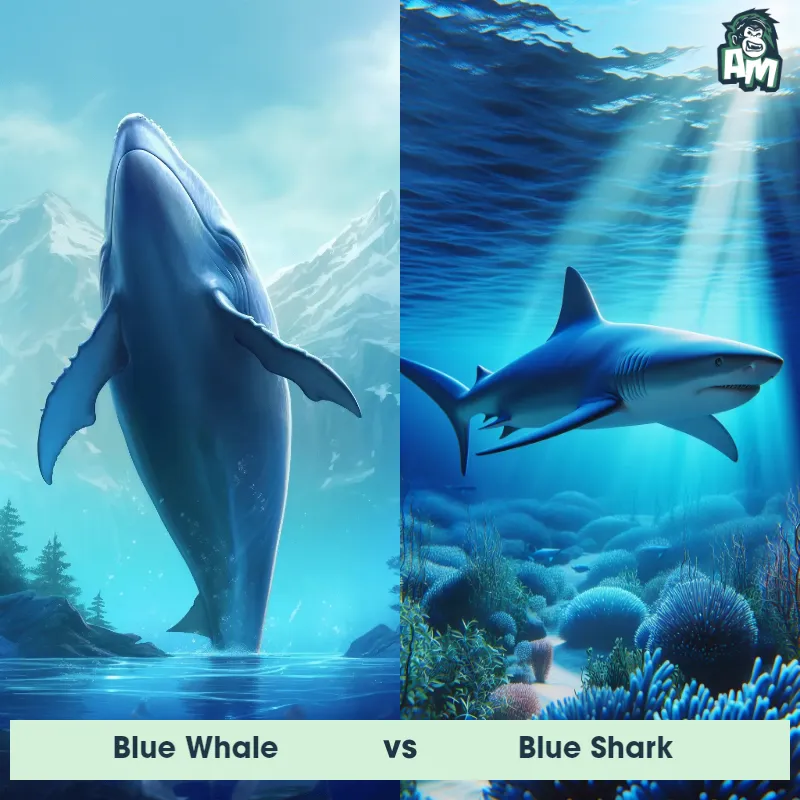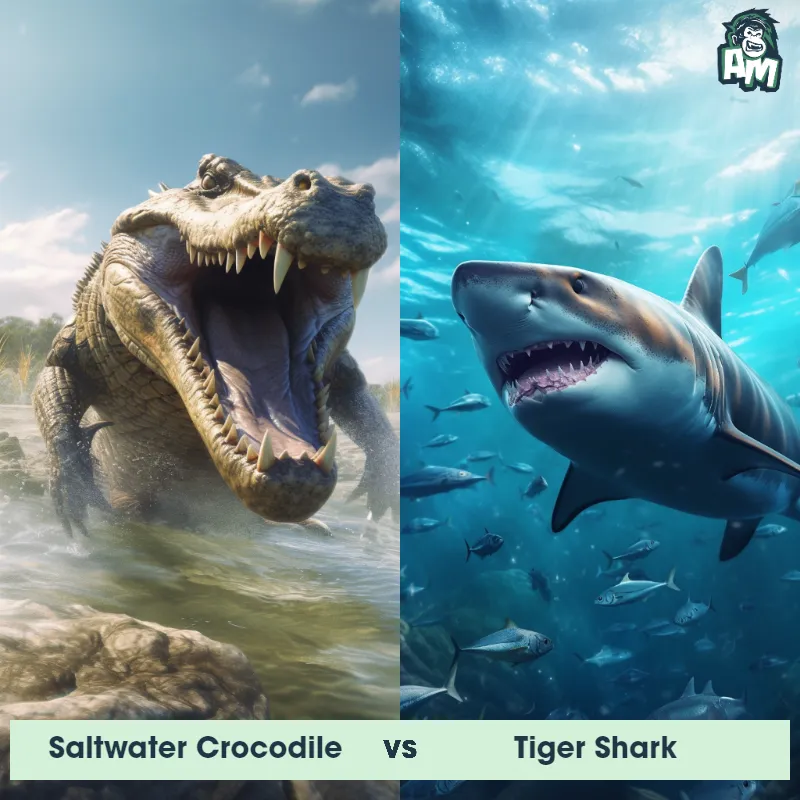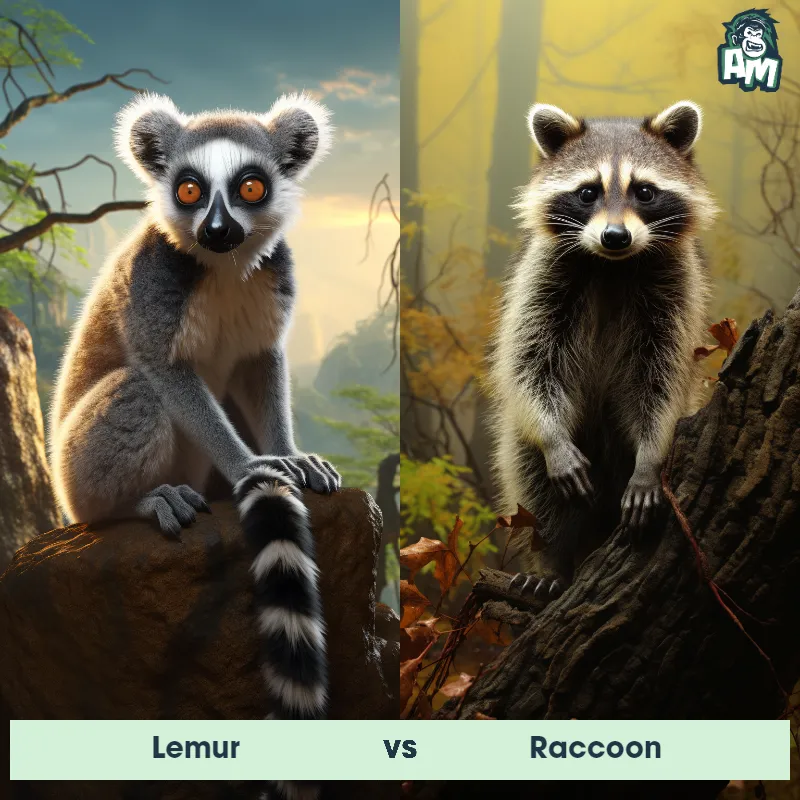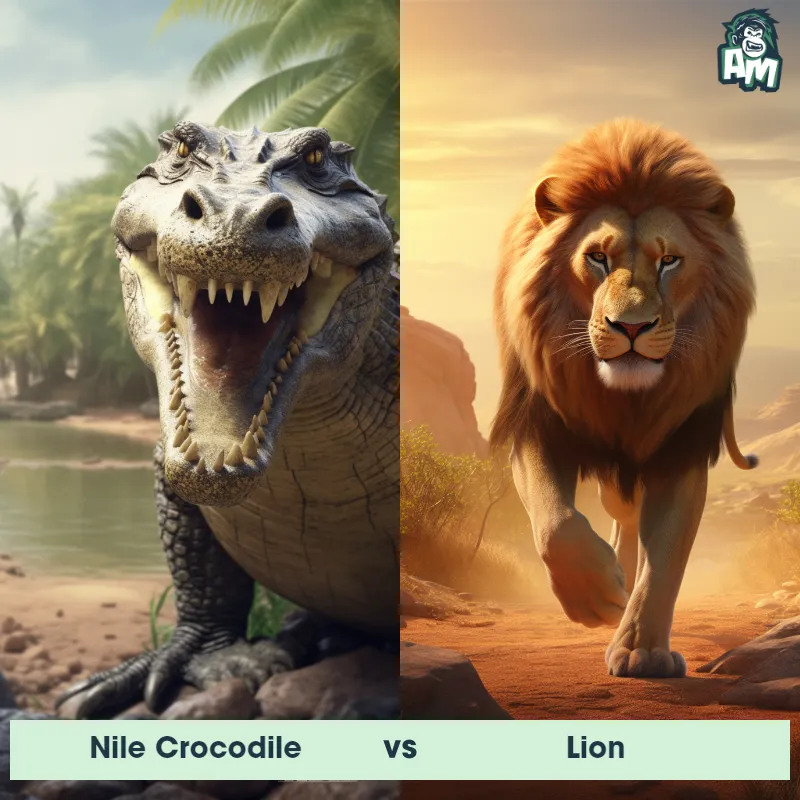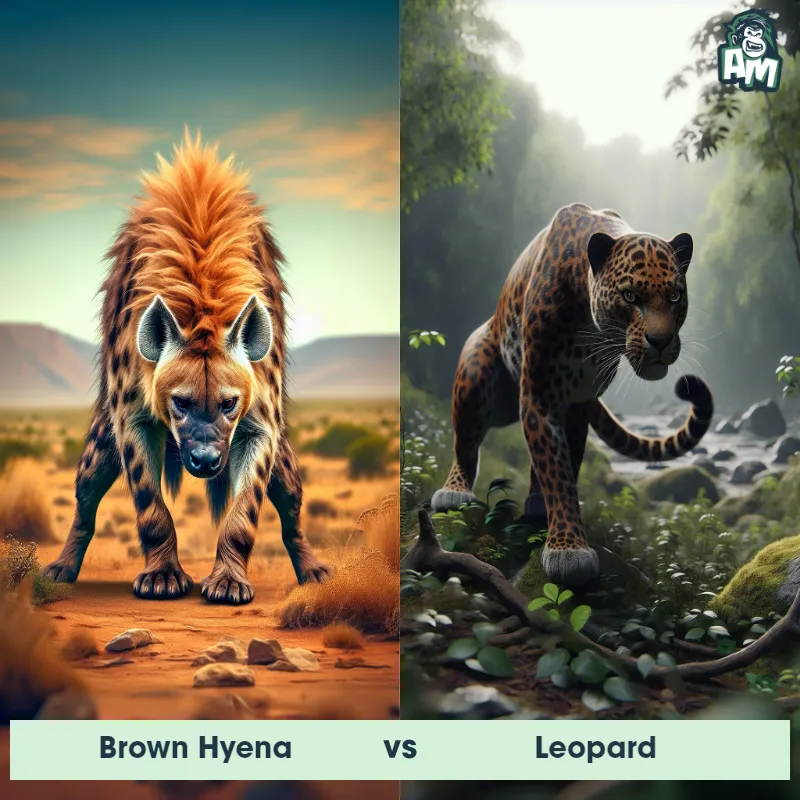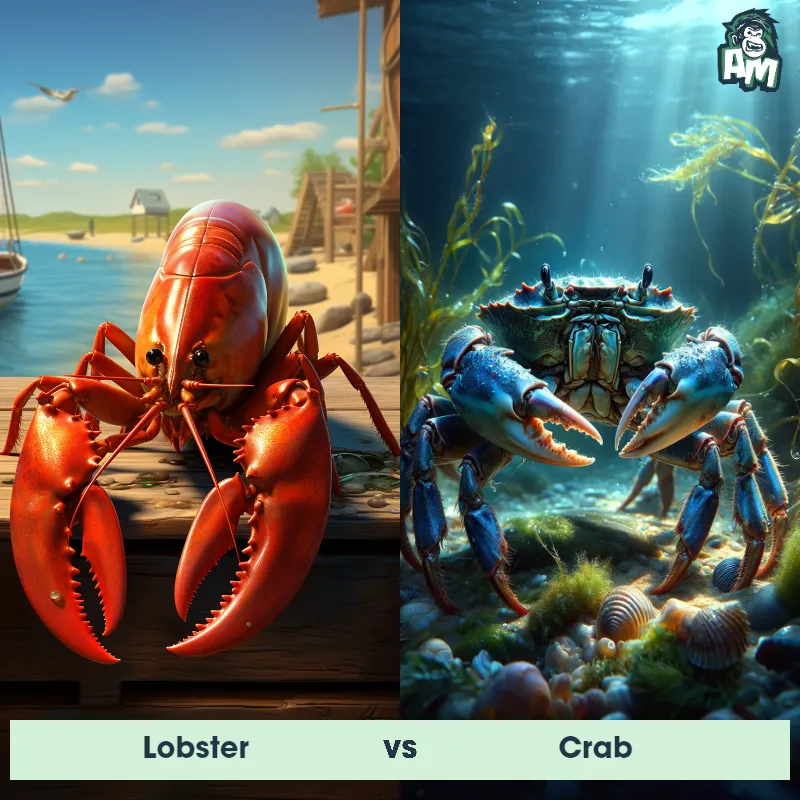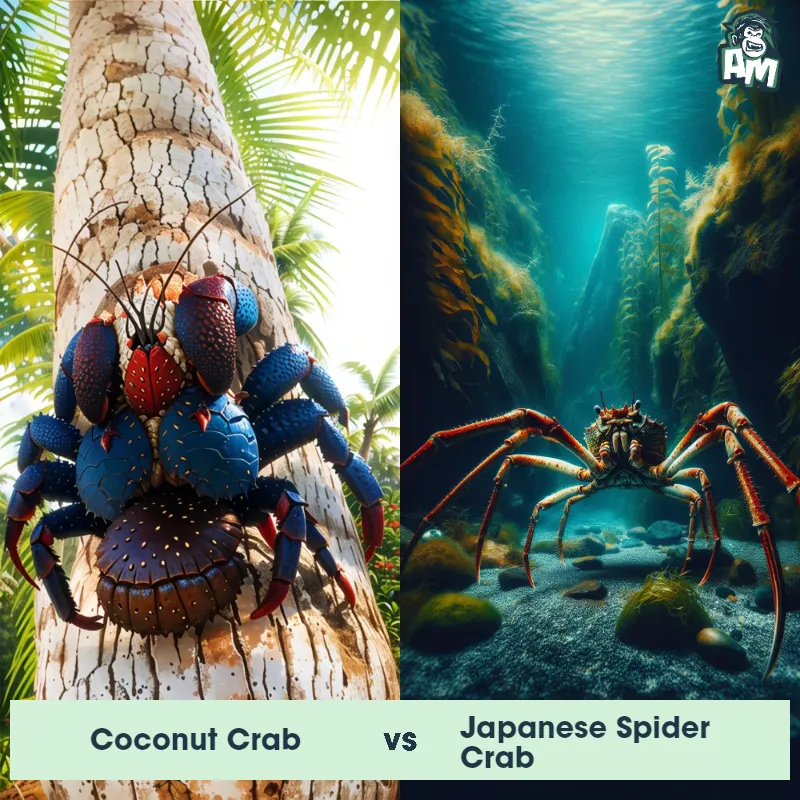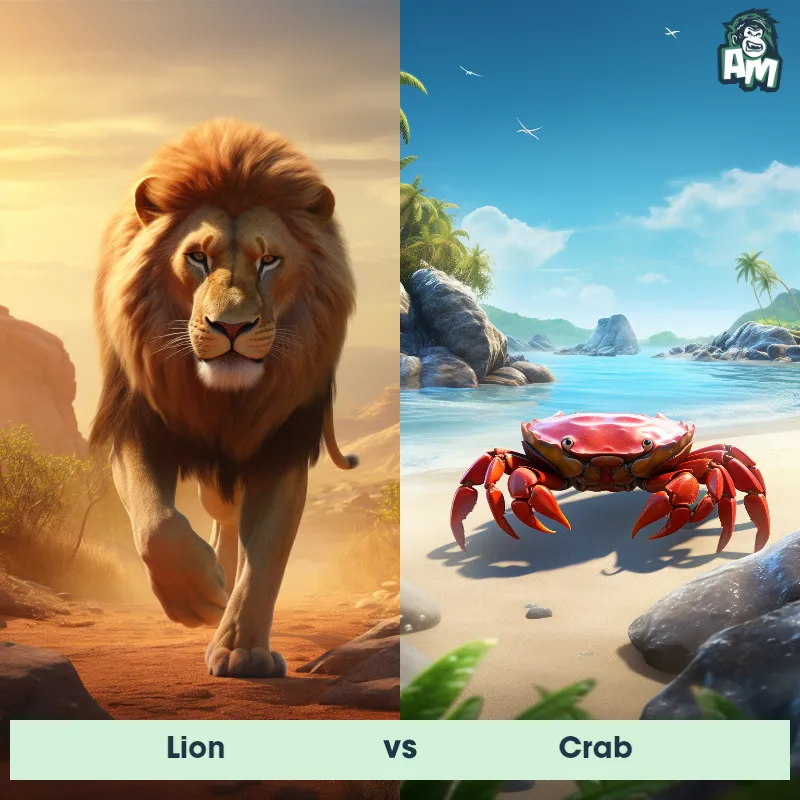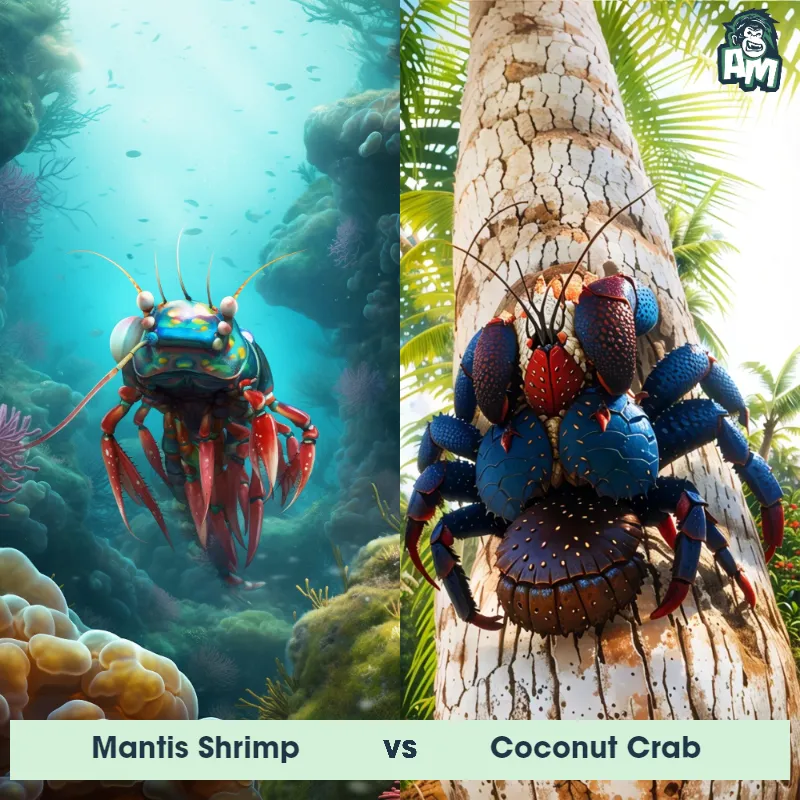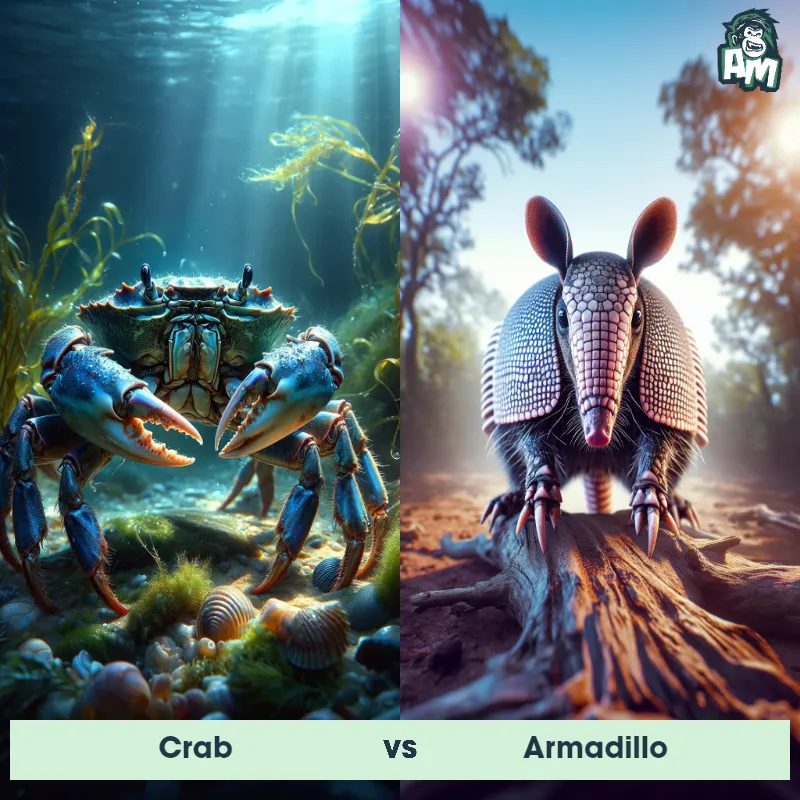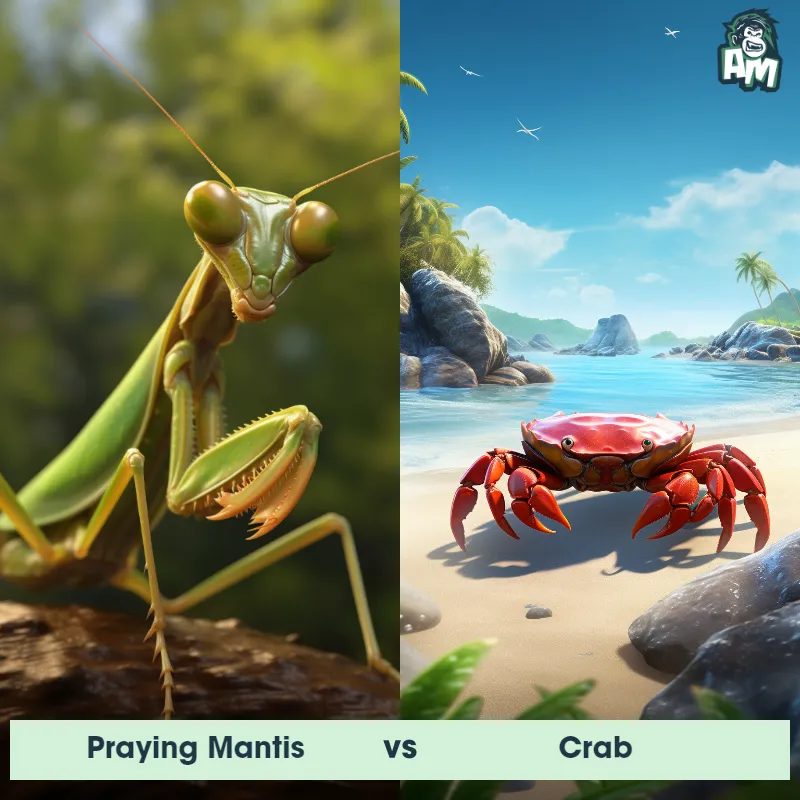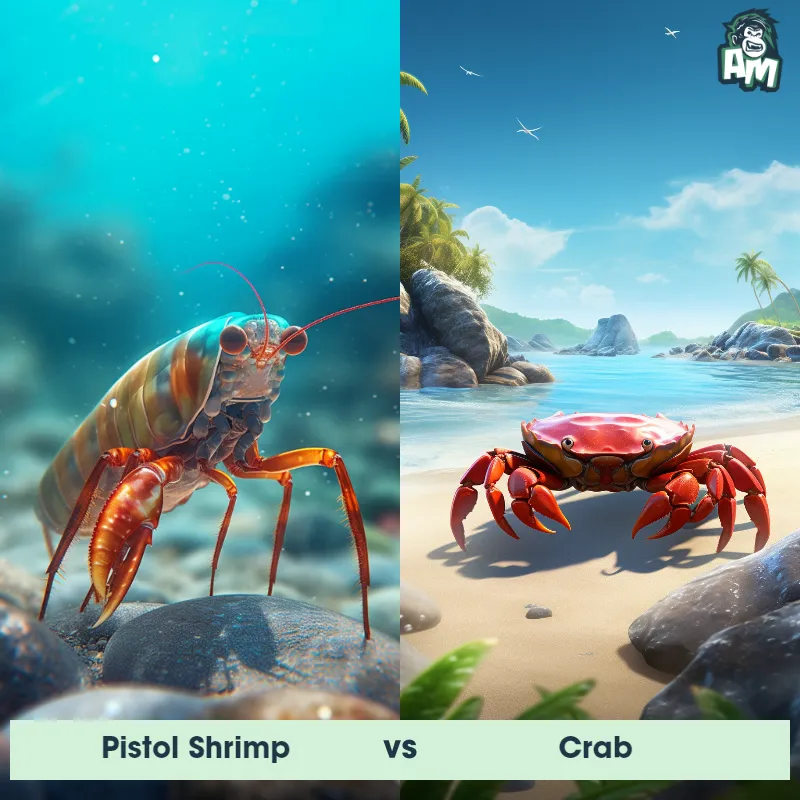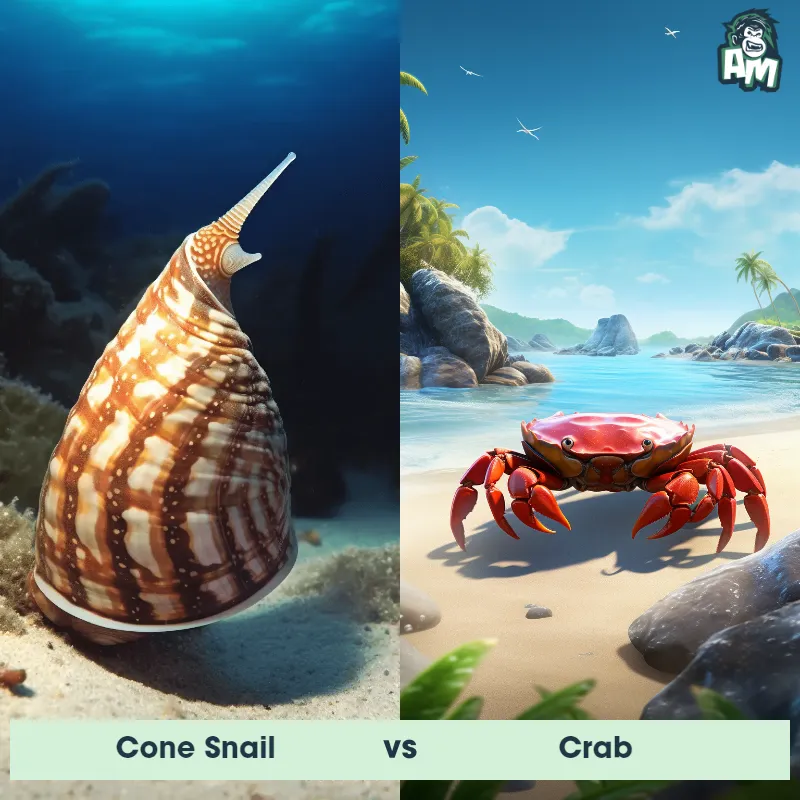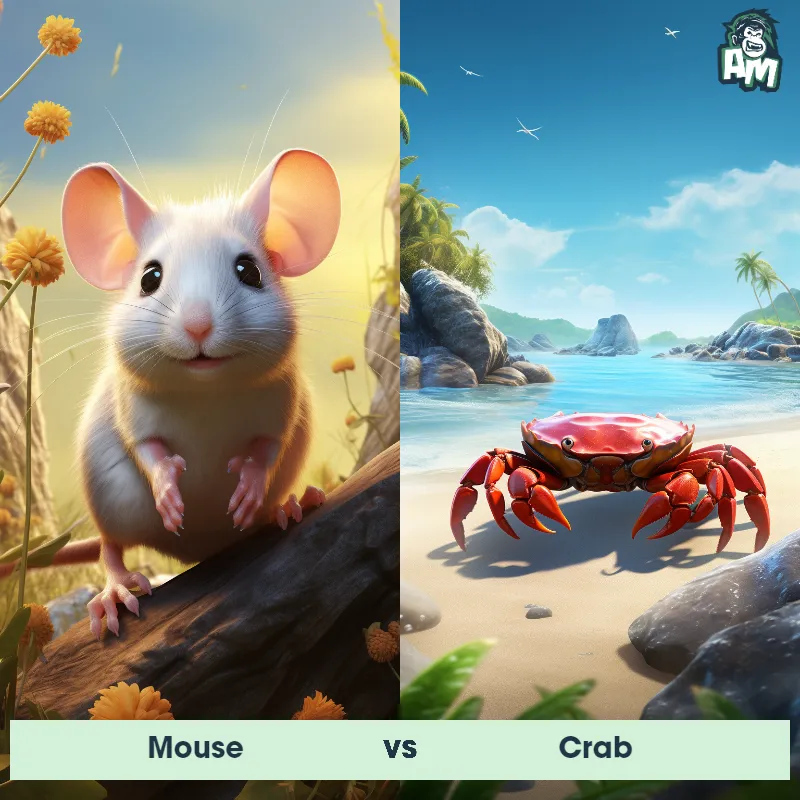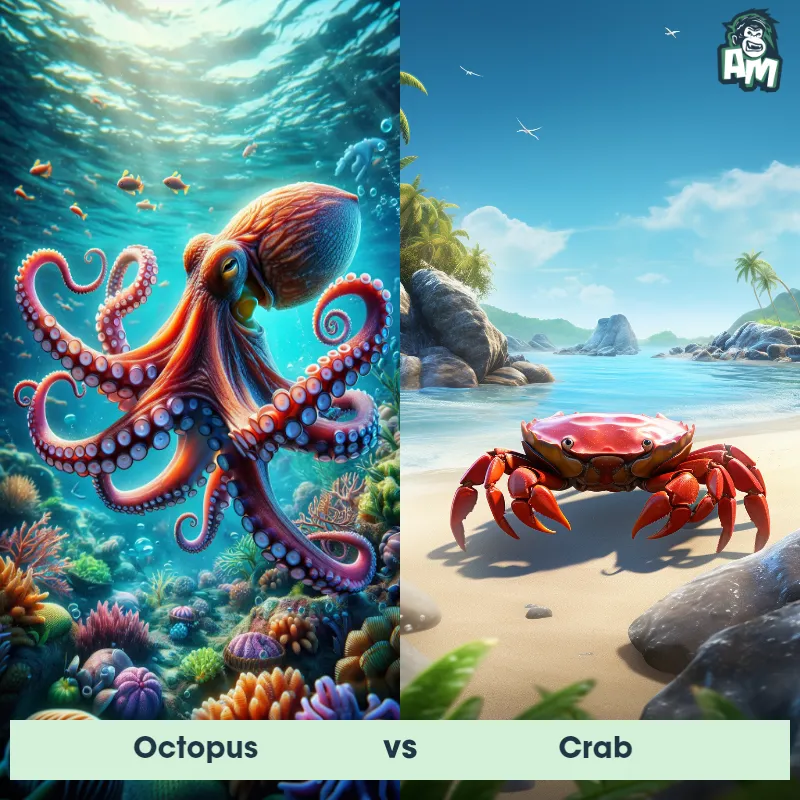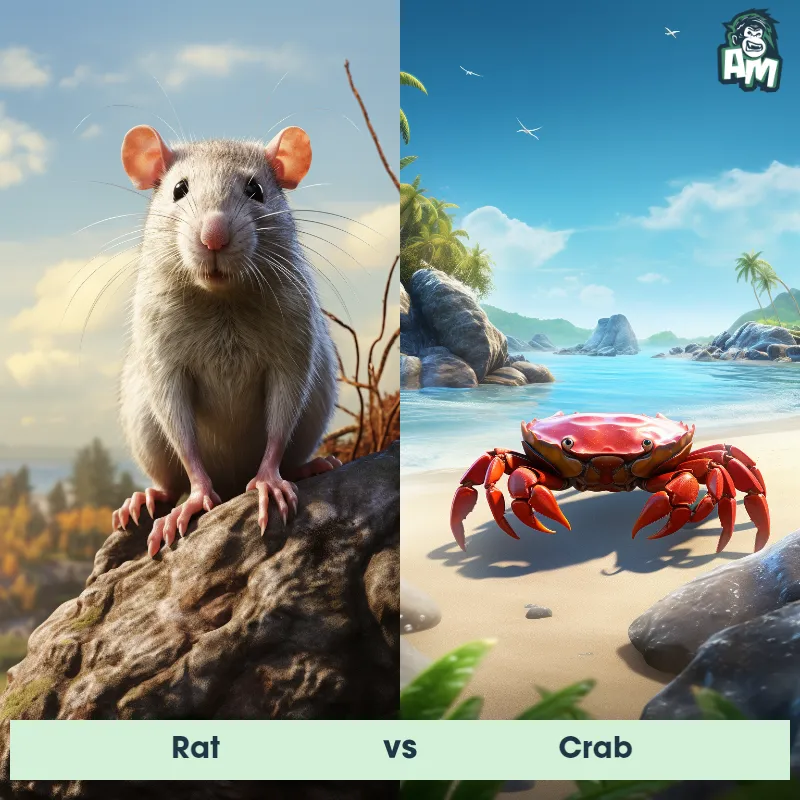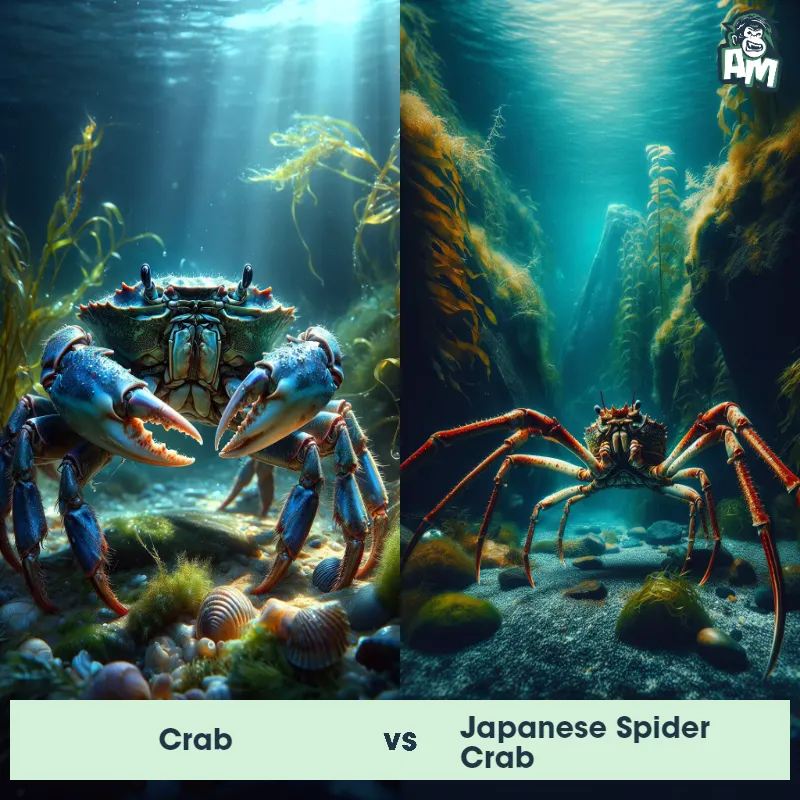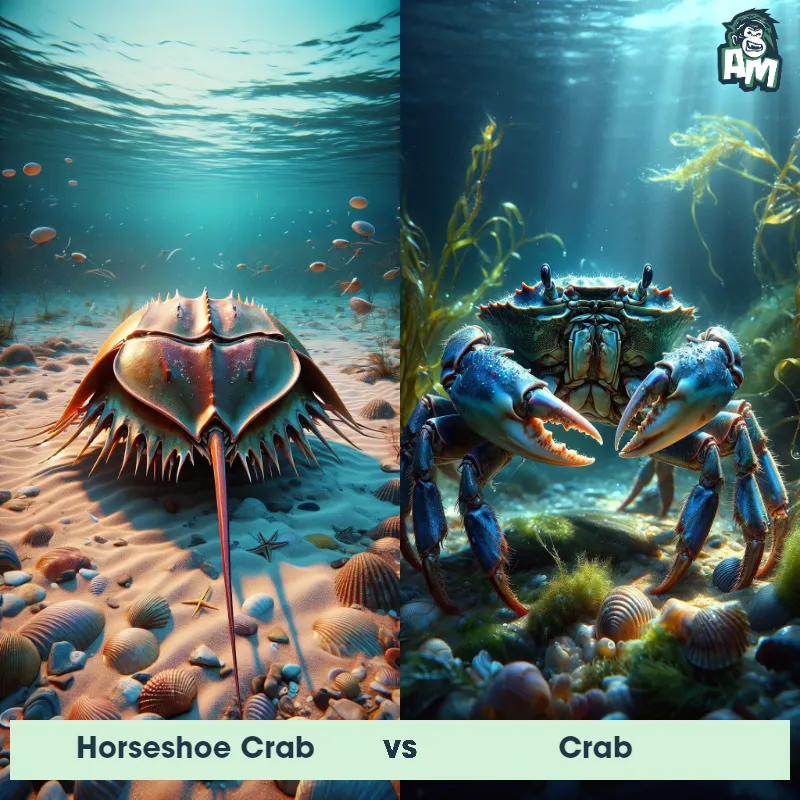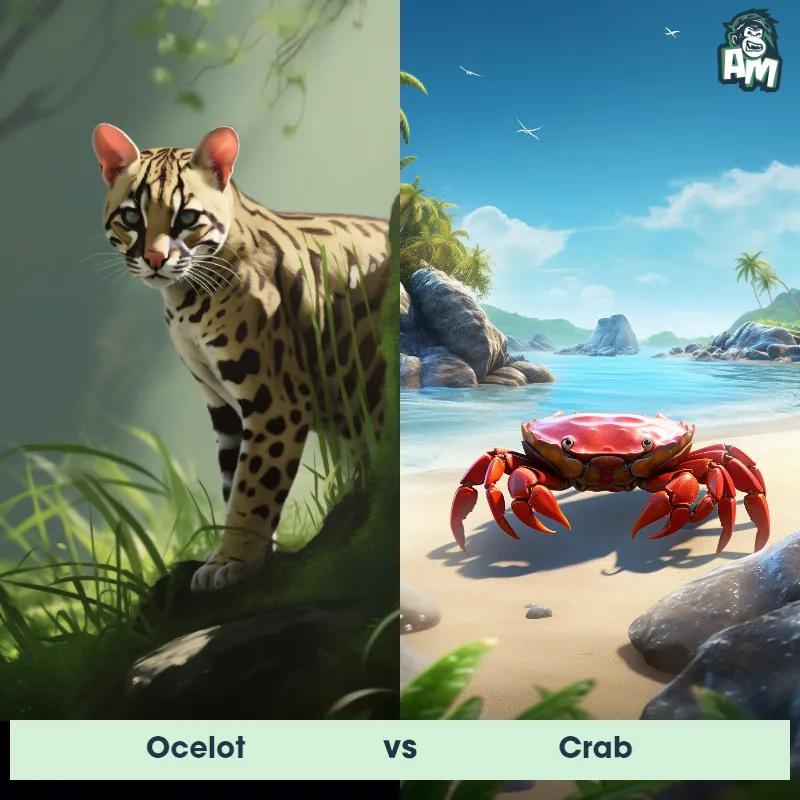Crab vs Coconut CrabSee Who Wins

Ladies and gentlemen, welcome to this extraordinary showdown here tonight! We have a thrilling matchup between two remarkable creatures in the animal kingdom. In one corner, we have the agile Crab, known for its quick movements and sharp pincers. And in the other corner, we have the mighty Coconut Crab, famous for its massive size and incredible strength. The tension is high, and the anticipation is palpable. Let's dive into this exciting battle and see who will emerge victorious!
Contender 1: Crab
Crabs are decapod crustaceans known for their characteristic thick exoskeleton and a pair of robust claws. They vary in size from the tiny pea crab, a few millimeters wide, to the giant Japanese spider crab, with a leg span of up to 4 meters. Crabs are typically found in the ocean, but some species are also found in freshwater or on land. Notably, crabs are known for their sideways walking, a motion that distinguishes them from other crustaceans.
Fun Fact: Crabs communicate with each other by drumming or waving their pincers, which is not just a sign of aggression, but can also be a part of their mating rituals.
Contender 2: Coconut Crab
The Coconut Crab, also known as the Birgus latro, is the largest land-living arthropod in the world. These giant crabs can grow up to three feet long and weigh up to nine pounds. Their bodies are covered in a sturdy exoskeleton and their powerful claws are capable of exerting a force of over 700 pounds. Coconut crabs have a distinct reddish-brown coloration and their adults are known for their bright blue legs. They inhabit coastal regions of the Indian and Pacific Oceans, including islands such as the Seychelles and Christmas Island.
Fun Fact: Coconut Crabs have an incredibly strong sense of smell and can detect the scent of food from great distances, even up to a kilometer away.
Matchup Stats
| Crab | Coconut Crab | |
|---|---|---|
| Size | Varies from a few millimeters to 13 feet (4 meters) leg span | Up to 3 feet (0.9 meters) |
| Weight | Varies greatly, up to 44 lbs (20 kg) for the largest species | Up to 9 pounds (4 kilograms) |
| Speed | 11 mph (18 km/h) | 1 mph (1.6 km/h) |
| Key Strength | Robust claws | Strong claws and legs |
| Biggest Weakness | Vulnerable when molting | None specified |
Current Votes
Crab vs Coconut Crab
See Who Wins
View More Matches
Looking For More?
Similar Matches
Scientific Stats
| Crab | Coconut Crab | |
|---|---|---|
| Scientific Name | Brachyura | Birgus latro |
| Family | Decapoda | Coenobitidae |
| Habitat | Ocean, Freshwater, Land | Coastal regions |
| Geography | Worldwide | Indian and Pacific Oceans |
| Diet | Omnivores, eat algae, mollusks, bacteria, fungi, and small fish | Fruits, coconuts, vegetation |
| Lifespan | 1 year - 100 years | 8 years - 40 years |
Key Differences between Crab and Coconut Crab
- Leg Structure: The Crab has shorter and more delicate legs compared to the muscular and robust legs of the Coconut Crab, which are adapted for climbing and gripping.
- Size: The Crab is significantly smaller than the Coconut Crab, reaching an average size of 3-4 inches in width, while the Coconut Crab is one of the largest land-dwelling arthropods, growing up to a remarkable size of 13-16 inches or even larger.
- Coloration: Crabs typically exhibit various hues of red, brown, or green, matching their surroundings, while Coconut Crabs have a unique coloration, featuring a dark brown to dark purple exoskeleton, with lighter patches and spots.
- Body Shape: The Crab displays a more rounded and compact body shape, whereas the Coconut Crab has a more elongated and cylindrical body shape, with a pronounced abdomen.
- Antennae Length: The Crab's antennae are relatively short, whereas the Coconut Crab's antennae are notably longer, extending beyond the length of its body.
- Claws: While both species possess strong and formidable claws, the Crab's claws are generally smaller and less prominent than the Coconut Crab's thick, powerful claws, which can exert remarkable force.



